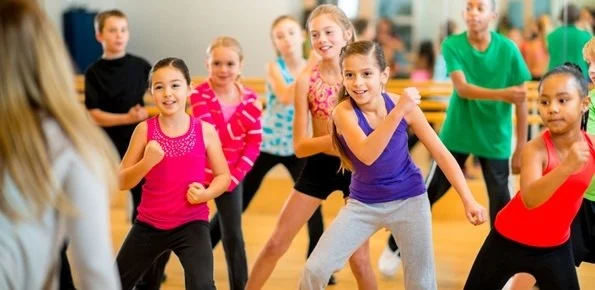
- why-dance-schooling-builds-more-than-skills
- the-role-of-professional-instruction-in-personal-growth
- how-dance-education-shapes-character-and-discipline
- real-impact-case-of-ella
- choosing-the-right-dance-academy
1. Why Dance Schooling Builds More Than Skills
For many, the question why dance schooling matters is answered the moment they step into a studio. It's not just about pirouettes and pliés—dance education is a powerful tool for developing physical coordination, emotional intelligence, confidence, and teamwork. Structured training environments create consistent, supportive experiences that go far beyond casual hobby classes.
Especially for young dancers, professional schooling provides a framework of growth—each class layered upon the last, turning movement into mastery. This is where creativity meets structure, giving students room to express themselves while developing technical precision.
2. The Role of Professional Instruction in Personal Growth
When comparing dance schooling to informal dance experiences like YouTube tutorials or recreational group classes, the difference lies in the intentional progression of skills and mentorship. Experienced instructors guide students not just through choreography, but through problem-solving, goal-setting, and resilience.
At studios like American Dance Academy, teachers often build long-term relationships with students—mentoring them through setbacks and celebrating breakthroughs. These instructors are trained to recognize when a dancer needs encouragement, correction, or a new challenge to stay inspired.
3. How Dance Education Shapes Character and Discipline
Dance schooling introduces a unique balance between self-expression and structured discipline. Rehearsing routines for weeks, learning to handle performance pressure, showing up on time, accepting critique—these all prepare young people for real-world expectations.
Moreover, the diversity of dance—ballet, jazz, contemporary, tap—allows students to explore various cultural and creative influences while staying committed to a shared set of values: dedication, teamwork, and respect. Many parents notice how children enrolled in dance programs develop improved focus and even perform better academically.
4. Real Impact: Case of Ella
Take Ella, a 12-year-old who started with beginner ballet classes at her local studio. Shy and hesitant at first, she struggled to speak in front of her class at school. After just one year of consistent dance schooling, Ella performed a solo at a regional recital with poise and confidence. Her parents say dance helped her find her voice.
Ella’s transformation wasn’t overnight—but through weekly training, encouragement from her instructors, and performance experience, she became a confident young leader. That’s the kind of story echoed across countless studios nationwide.
5. Choosing the Right Dance Academy
When considering dance education, it’s important to choose a school that offers not just technical training, but also a healthy, empowering environment. Look for programs with structured curriculums, qualified instructors, performance opportunities, and clear communication with families.
Institutions like American Dance Academy are ideal starting points. Whether your child dreams of Broadway or simply wants to feel stronger and more expressive, the right school can make all the difference. Dance schooling is not just about movement—it’s about shaping capable, creative, and confident individuals.
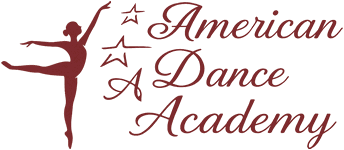
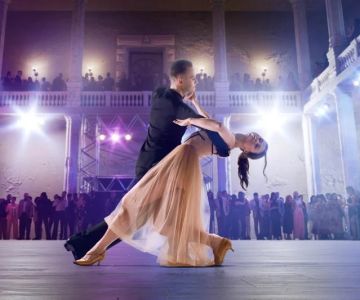
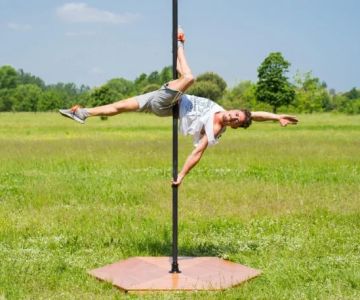
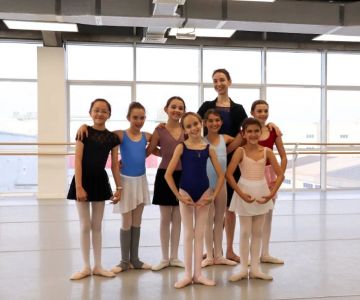

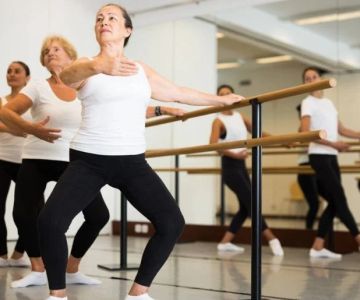
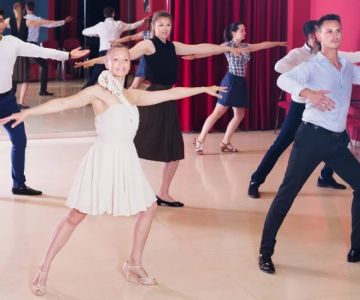
 Barrington Dance Academy5.0 (22 reviews)
Barrington Dance Academy5.0 (22 reviews) Canyon Concert Ballet4.0 (17 reviews)
Canyon Concert Ballet4.0 (17 reviews) Big City Dance Center LLC4.0 (25 reviews)
Big City Dance Center LLC4.0 (25 reviews) Tye Chua Dance & Kalamazoo Ballet5.0 (18 reviews)
Tye Chua Dance & Kalamazoo Ballet5.0 (18 reviews) Fenton Ballet Theatre4.0 (24 reviews)
Fenton Ballet Theatre4.0 (24 reviews) Front Street Dance Center5.0 (7 reviews)
Front Street Dance Center5.0 (7 reviews) Are There Dances in Middle School? What Students and Parents Should Know
Are There Dances in Middle School? What Students and Parents Should Know How a Dance School in Instagram Builds Community and Success
How a Dance School in Instagram Builds Community and Success Why Do Schools Teach Square Dancing?
Why Do Schools Teach Square Dancing?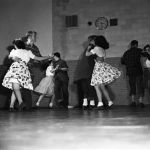 Why Was Square Dancing Taught in School?
Why Was Square Dancing Taught in School? Why Swing Dance Is Popular for Adults
Why Swing Dance Is Popular for Adults A School Dance: How to Prepare, Shine, and Make It Unforgettable
A School Dance: How to Prepare, Shine, and Make It Unforgettable